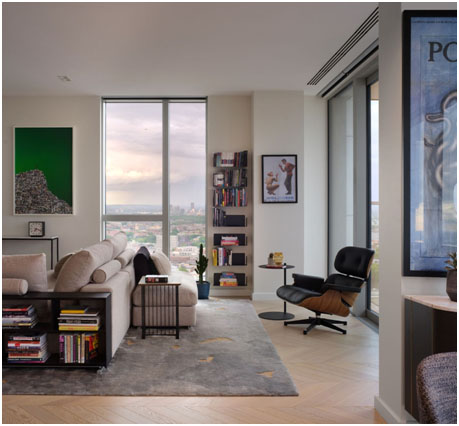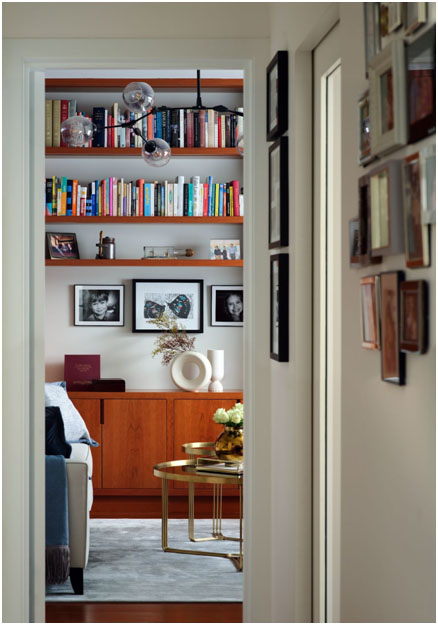
One of the most common sources of confusion in interior design is understanding the difference between invoicing for design fees and invoicing for furnishings or building works. This distinction is crucial for both designers and clients to grasp to ensure a smooth project experience. In this blog post, we’ll break down how pricing, invoicing, and payment for an interior design project are structured, helping to align expectations from the outset.
Breaking Down Interior Design Invoicing
Invoicing for an interior design project generally falls into two main categories:
- Design Fees: This covers the creative and technical work involved in bringing a project to life. It includes developing concepts, space planning, creating technical drawings (like carpentry and electrical layouts), and detailing the design.
- Furnishings and Building Works: This involves the costs incurred by the design firm on behalf of the client. These could be for purchasing furniture, arranging for building materials, and hiring external services.
It’s important to distinguish between these two areas as they represent different stages and aspects of the project. Now, let’s explore how these are typically invoiced.
The Invoicing Process: A Stage-by-Stage Overview
An interior design project can generally be broken down into four main stages, each with its own associated costs and invoicing schedule. We invoice for each stage at the beginning of each stage:
Stage 1: Design Stage (50% of Total Cost) The first stage covers all the upfront design work. We start by creating the style and choosing the aesthetic outcomes for the project; we present all materials, fabrics, trimmings, colour schemes, cladding, etc. for the client’s selection. Once the client agrees on the design concept, this phase also involves space planning, technical drawings, and overall design development. At the beginning of this stage, clients are invoiced for 50% of the total design fee.
Stage 2: Budgeting Phase (25% of Total Cost) After the design has been finalized, the project moves into the budgeting phase. Here, the designer sources prices for all necessary items—furniture, flooring, lighting, and more. Once the budget is agreed upon, the client is invoiced for an additional 25% of the total design fee.
Stage 3: Procurement and Deliveries (20% of Total Cost) Procurement is the most complex phase, involving the purchase and delivery of all items. Invoices for furnishings, fittings, and equipment start rolling out as orders are placed, with furniture often having a delivery time of 8-12 weeks. At this stage, flooring and other materials are ordered in preparation for the building work. Clients are invoiced for 20% of the design fee, plus the cost of these items. Notably, building contractors will often invoice the client directly.
Stage 4: Project Completion and Touch-ups (5% of Total Cost) The final stage involves managing any last-minute touch-ups, addressing any faulty or damaged products, and ensuring that everything is in perfect condition. The remaining 5% of the design fee is invoiced at this point, bringing the project to a close.
Understanding Trade Discounts
One of the perks of working with a professional interior designer is access to trade discounts. Designers often get discounts ranging from 10% to 50% on products like fabrics and lighting. These savings are passed on to clients, helping to offset some of the project costs. Additionally, clients don’t have to worry about the logistics of ordering and managing deliveries—your designer handles it all.
Why Professional Design Services Are Worth It
Engaging a professional interior designer is akin to hiring an accountant for your taxes or a lawyer for your will—it ensures that the job is done right. A well-designed space is not just about aesthetics; it’s about functionality and longevity. Think of your home as a 10-year investment—perhaps even longer. Design choices made today will impact your comfort and lifestyle for years to come.
Without professional guidance, costly mistakes can happen. A sofa that doesn’t fit the space or a dining set that isn’t suitable can lead to regrets and additional expenses. A designer helps you avoid these pitfalls, ensuring that every piece fits perfectly into your home and your life.
Final Thoughts
When considering the cost of interior design, remember that it’s not just an upfront expense but an investment in your home’s future. Spreading the design fee over 10 years, for example, can make it feel more manageable. Moreover, a well-designed home can increase in value if you decide to sell or rent it out, making the initial investment even more worthwhile.
In conclusion, clear communication and understanding of the invoicing process can prevent misunderstandings and ensure a smooth, successful project. By knowing what to expect at each stage, clients can confidently embark on their design journey, knowing they’re making a valuable investment in their future.









